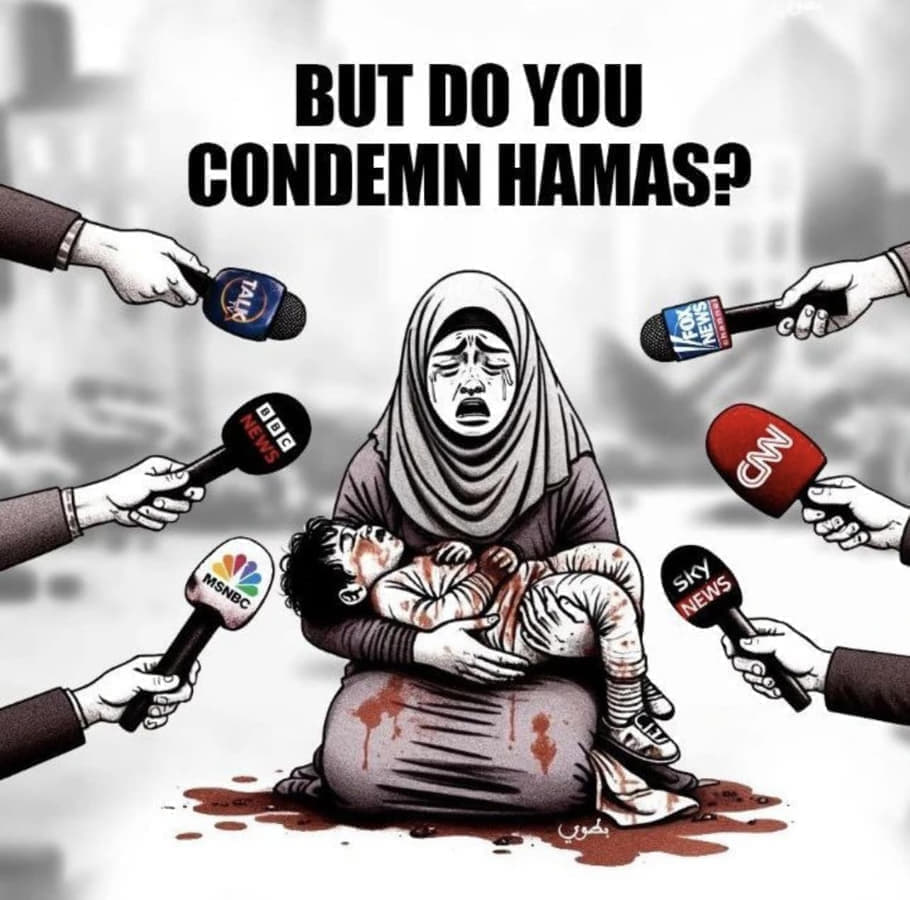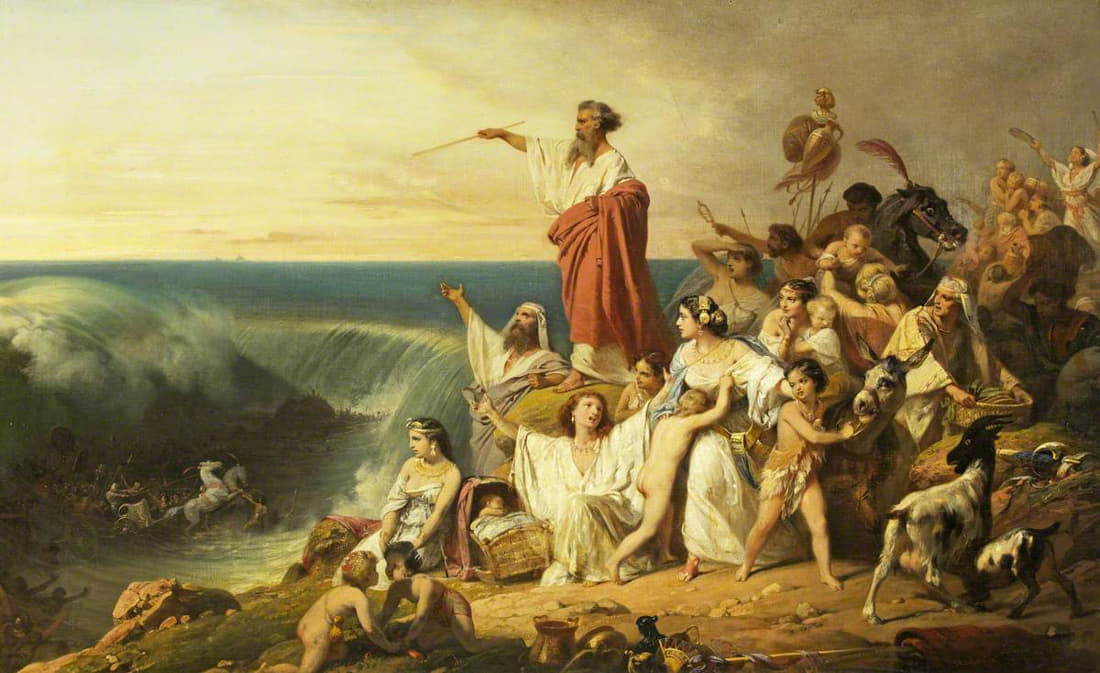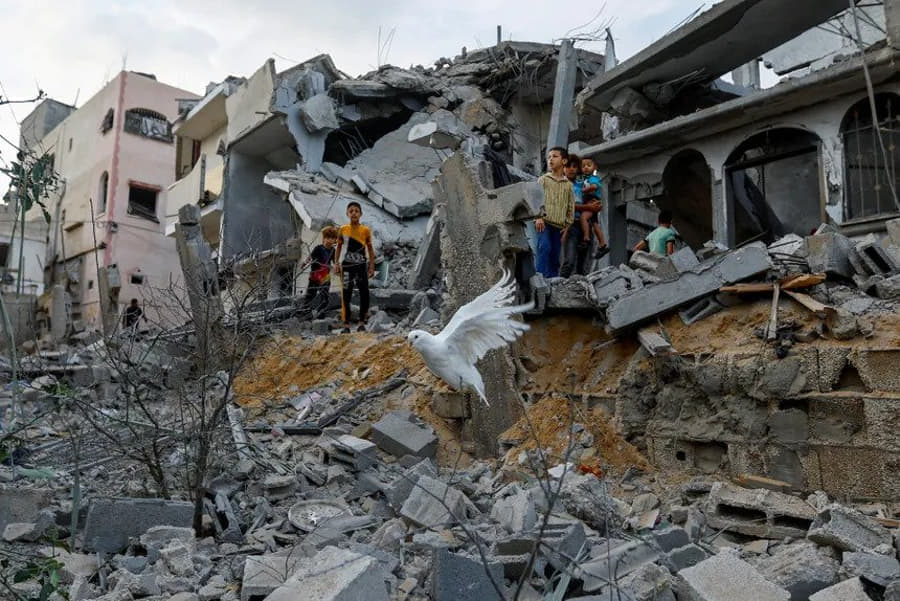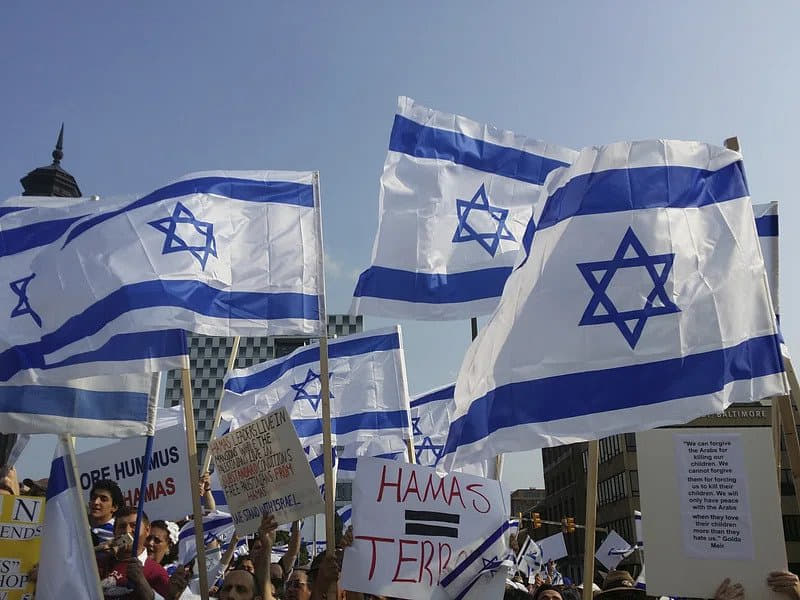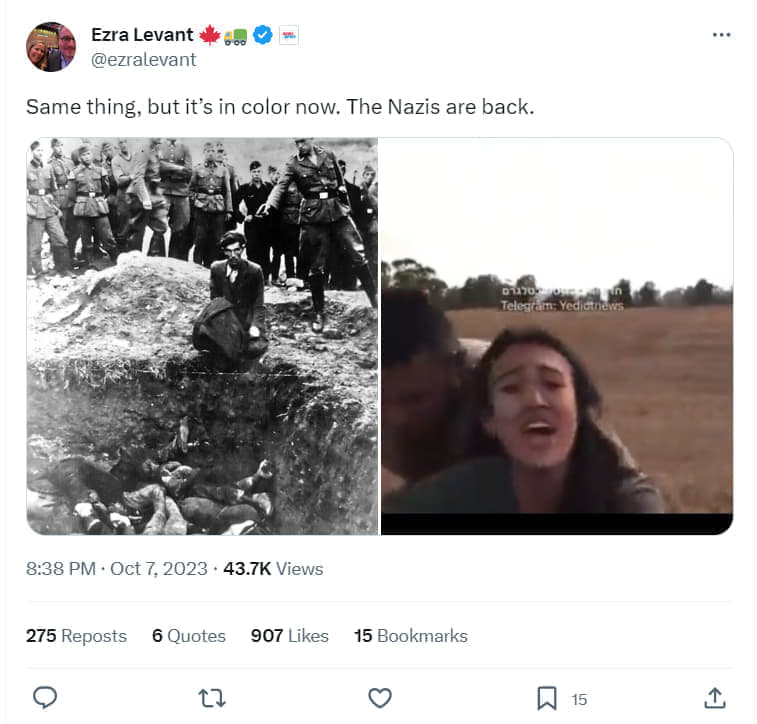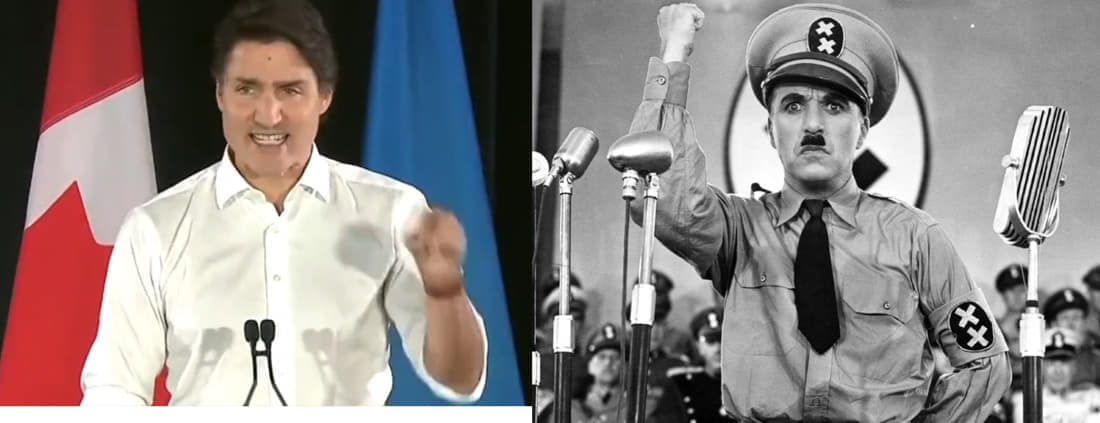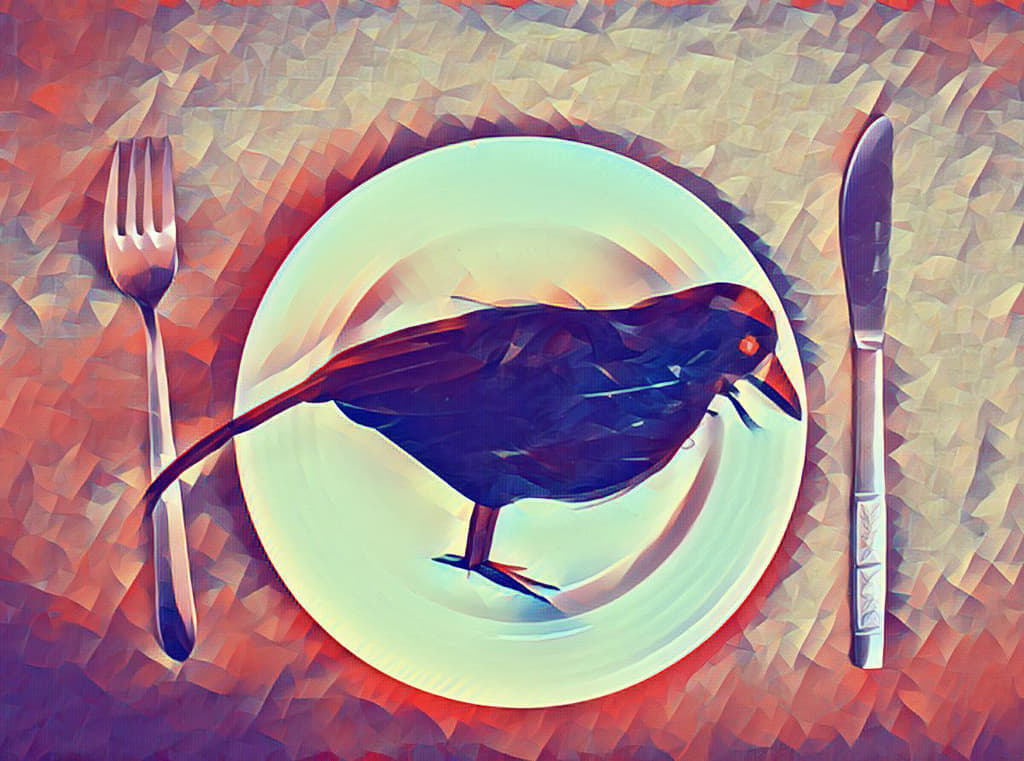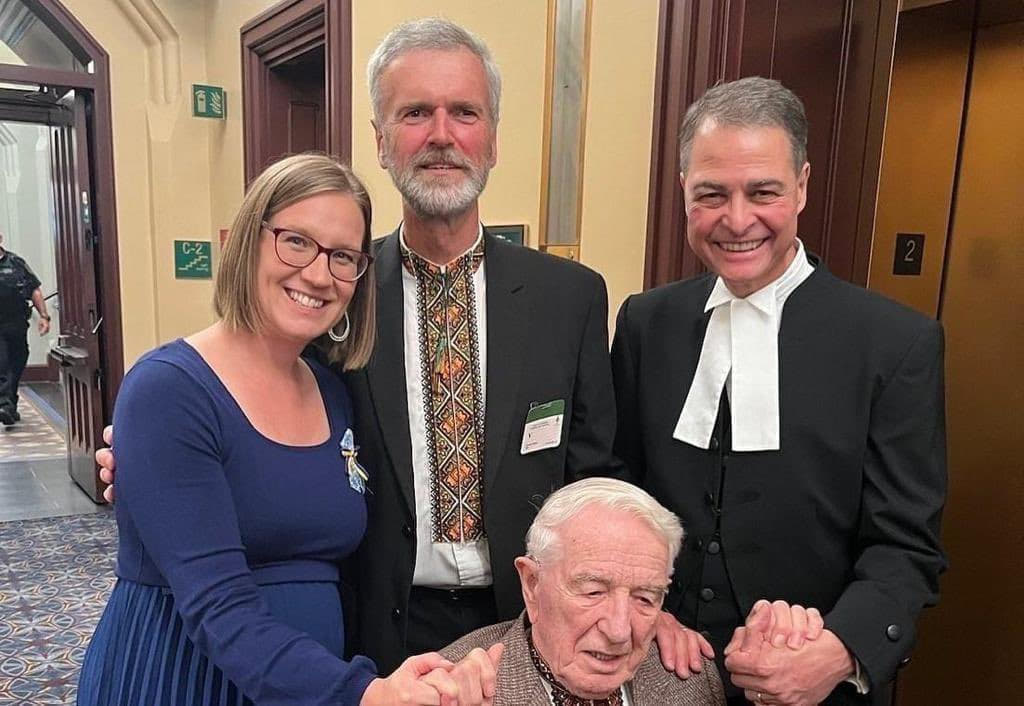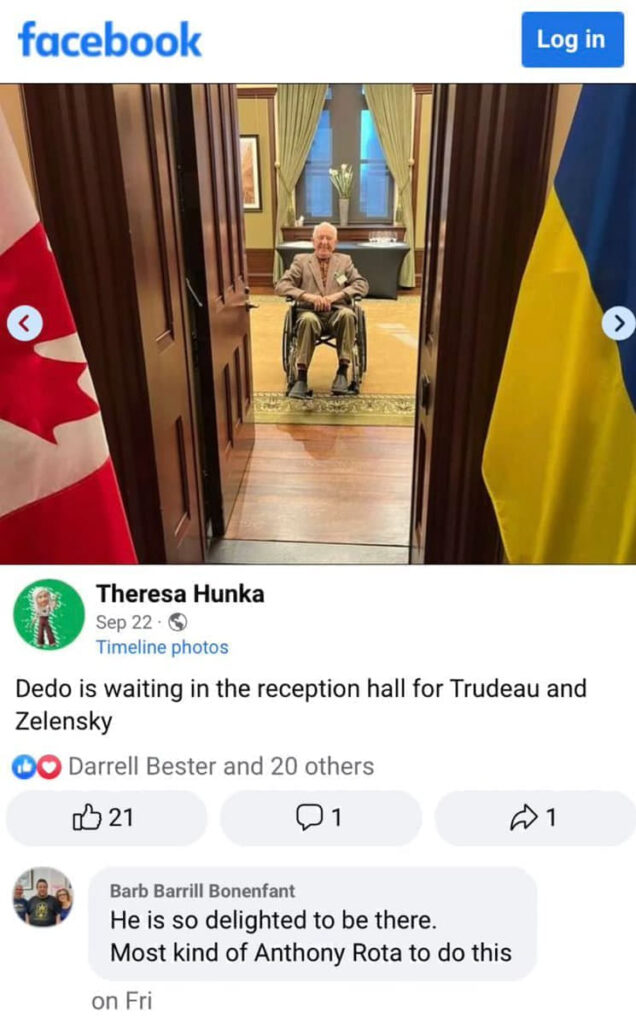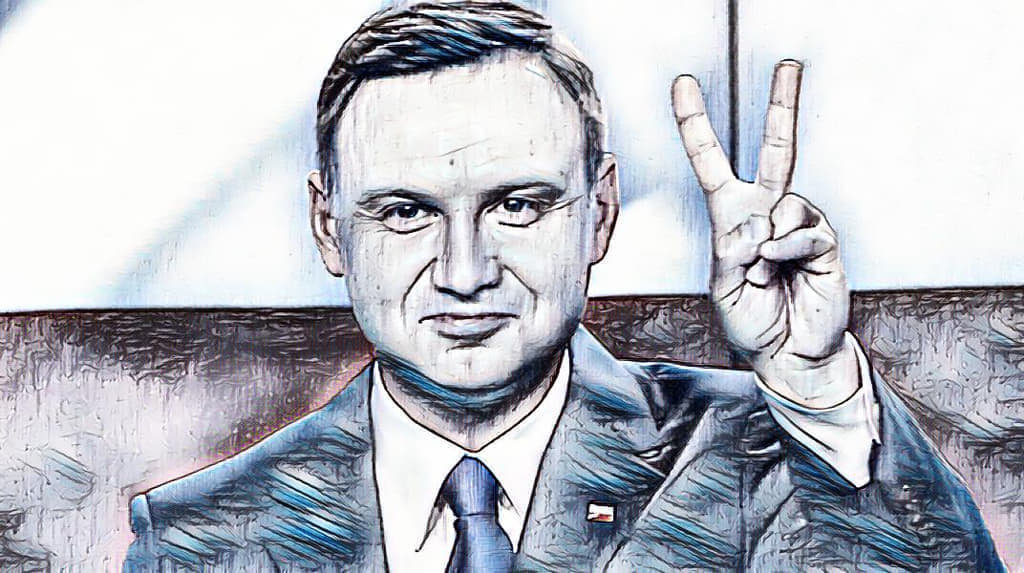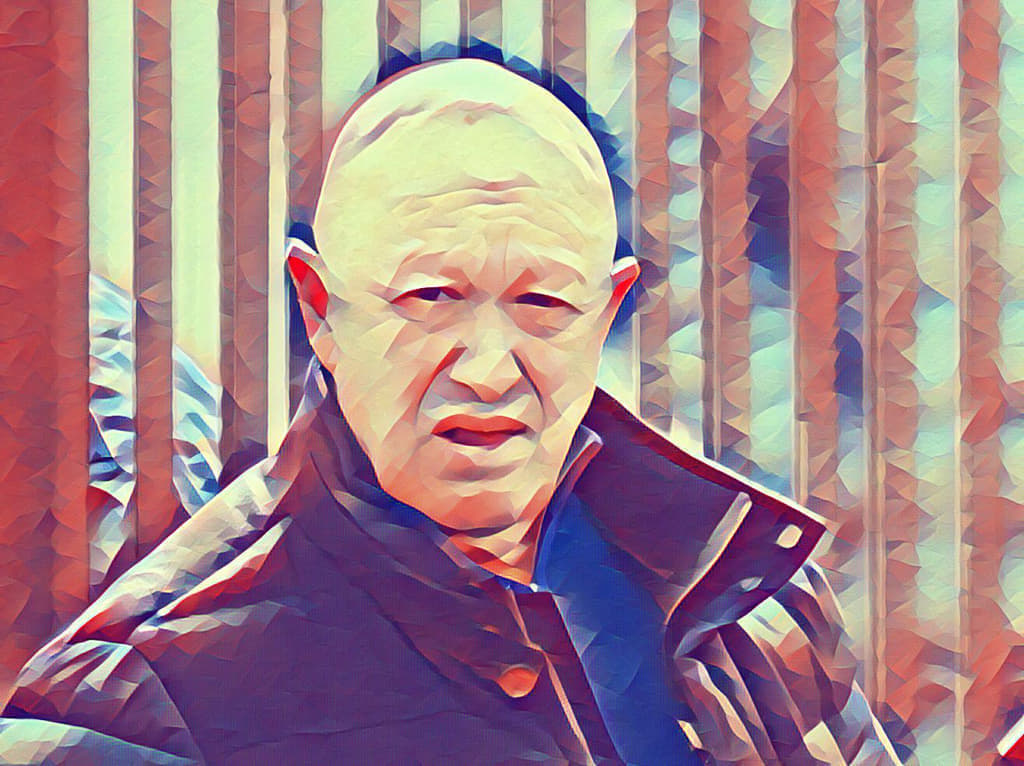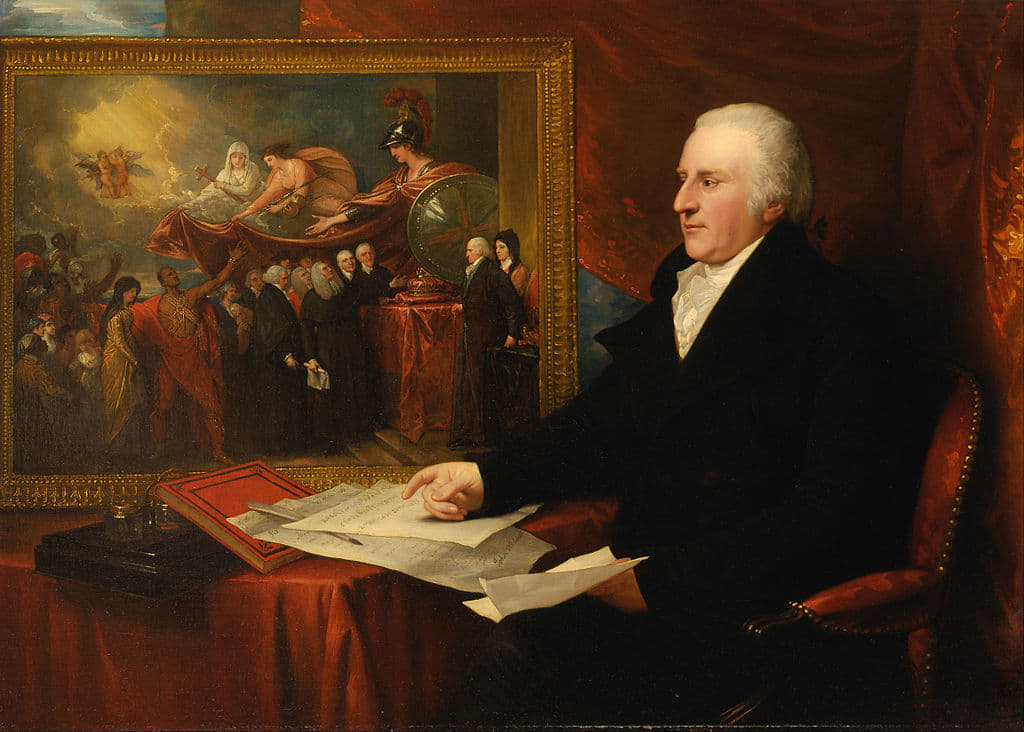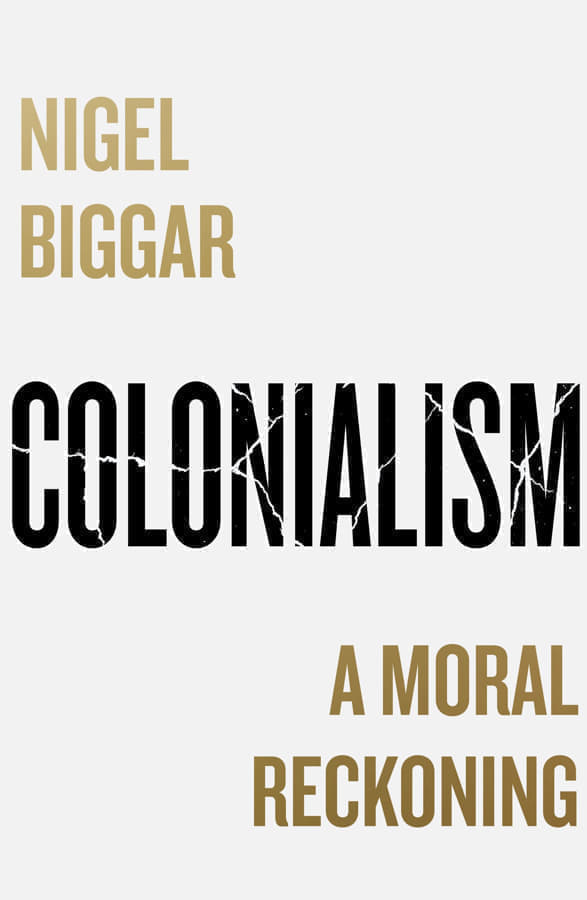Two days that were supposed to shake Russia. In reality, it was just a fizzle. In the final hours of Friday June 23rd and most of Saturday June 24th, 2023, the now erstwhile leader of the Wagner Military Group, Yevgeny Prigozhin, started an armed revolt, which he called a “march for justice,” to settle things, once and for all, over a long-brewing feud with the Russian army (represented by Defense Minister Sergey Shoigu and Deputy Commander of the Russian Joint Forces, General Valery Gerasimov). Very quickly, it became something else, with Prigozhin leading his men to Moscow, with the vague purpose of having it out with his supposed tormentors. Along the way, Prigozhin put out various videos, in which he even threatened Putin, saying that Russia would soon have a new president. It was what is known as a “colonel’s coup,” in which a faction in the army tries to carry out a coup d’état. More on that later.
Russophobes of the West had a field day. Here, at last was the decisive event they had been waiting for—to finally “prove” their endlessly repeated mantra that Putin is a weak, cruel tyrant, vicariously perched atop a seething, resentful population; all that was really needed was a push to bring down the whole wretched house of cards known as the “Russian Federation.” Prigozhin was going to be that much-awaited push. Just wait and see what happens. Western punditry was on the side of truth, etc. Before long, rumors abounded: Putin had “fled” Moscow (true to stereotypical Western narratives about tyrants); the “seething” population was going to burst out into the streets in their millions. The hero of Bakhmut—would be the “savior” of Russia. Imagine, Prigozhin was now the new “hero” of the West, the man everyone once loved to hate.
Prigozhin, therefore, dutifully declared that the Wagnerites were being greeted on the streets as “liberators” by ordinary Russians and offered candy. The “oppressed” Russians were seizing the chance given them. It wouldn’t be long before governors, mayors, and then the army itself would pledge their allegiance to Prigozhin. Flowers would be strewn in front of the Wagnerite convoy on the M-4 highway, pretty girls would happily kiss the Musicians (as Wagner group members are called), old men would pass around shots of vodka. A Putin-less Russia at long last.
True to form, President Zelensky was quick to get in front of a camera and record a video, in which he piled on all the morality tropes imaginable about how “evil men” end up. This self-projection was a gleeful description of what awaited President Putin. Zelensky could barely conceal his snarl, and in the process rather perfectly exemplified Tucker Carlson’s description of him (Tucker on Twitter, Episode 1), as “…sweaty and rat-like, a comedian turned oligarch, a persecutor of Christians, a friend of Blackrock… our shifty, dead-eyed friend in the tracksuit.” Earlier Tucker had referred to him as a “strip club manager.”
But what was Prigozhin doing? Carrying out a coup? A putsch? An insurrection? A protest? Or something else? Let’s clarify our terminology first. A coup (short for coup d’etat) is the overthrow of a government by various means, usually violent. A putsch, on the other hand, is the attempt at bringing about a revolution and usually involves street riots. An insurrection is a rising up against the government. A protest is largely a public condemnation of a government measure.
So, what was Prigozhin engaged in? Before answering this important question, there are a few more considerations.
Why would a hero, who decisively defeated NATO (the collective West) at Bakhmut—no mean feat— and who vaunted his patriotism throughout the fighting, now suddenly choose to become a traitor? Simply because of a personal gripe with two Russian authority figures? A gripe that could have been more readily settled via a face-to-face meeting? But if so, why threaten President Putin? Why the grand drama of pretending to seize a building in Rostov-on-Don, where they just parked a tank (no, the entire city was not captured by the Wagnerites, nor was the city of Voronezh)? Why the crazy decision to try to drive all the way up to Moscow, which in army vehicles is easily a 20-hour stretch? And what about gas for the vehicles? Food for the men? It now appears likely that President Putin knew what Prigozhin was up to but allowed him to begin the long drive North, likely to wear him and his men out. The best way to diffuse the situation. This speaks volumes about self-control on the President’s part, as he could have easily bombed the Wagnerite entourage to kingdom come. But he chose a better route—negotiation and diplomacy. Not violence. This defeats the “tyrant” narratives spun about him. On the other, just look what the United States is doing to the January 6th protestors—unrelenting vindictiveness and cruelty. And remember Trudeau with the Trucker Convoy? Wonder who the tyrants really are?
Now, if Prigozhin was simply leading a protest, like the Truckers’ Convoy in Canada, why come fully armed? If it was simply a disagreement among fellow Russian citizens, what is weaponry supposed to accomplish? It would appear that, at this stage, Prigozhin did not want dialogue—but something else.
Then, there are the problematic things that Prigozhin said: that if Putin did not go along with him, Russia would be getting a new president; that the Ukrainians are killing a lot of Russians and gaining a lot of territory; that there were no supplies, no ammo; that the whole Russian army is corrupt and led by drunken incompetents; that officialdom is lying about the Ukraine and about the war. If true, Prigozhin never provided any evidence for what he asserted. It’s all he said, they said. If he had insider information, and given his lack of emotional control, he could have slapped down some sort of hard evidence to prove his case once and for all and shut up his detractors. Without any sort of proof, it seemed like he was repeating Western-NATO-Ukrainian talking-points. Some have suggested that he was shell-shocked and not all there mentally. This can be hard to prove from video evidence, nor was he doing any hand-to-hand combat with Ukrainian soldiers in Bakhmut.
These questions demand explanation of some sort, because it is difficult to ignore them. And the explanation can follow three main paths at the present moment. Everything might change, when more information emerges, of course.
First, what began as a personal gripe against Shoigu and Gerasimov quickly became the assertion of personal ambition, the logic of which came to the only conclusion possible when Prigozhin said Russia will have a new president. Why would he say such a thing? Was it bravura? Or something far more sinister? Motivations of people are never simple to map. Was Prigozhin now on a grand mission of giving Russia someone better in himself?
In the West, there is also the long-running assumption that Russian society is brittle and fragile, because it is held together solely by fear of unimaginable cruelty routinely practiced by Putin. The logic of this assumption goes thus: Give people a chance to get out from under this cruelty and Russia’s your oyster. If the people are with you, who can be against you? But were the people ever with Prigozhin, popular as he is, as a replacement for President Putin? There’s the rub.
Second, it would appear that underlying the personal gripe was the Great Game, a version of the old one—to styme and then conquer Russia. In other words, regime change—and all those “color revolutions” that have left utter misery in their wake. It is the Great Game that drives the current war in the Ukraine. The masters of this Game are the collective West, whose ideological leaders are the Kagan clan who have rather deftly captured the foreign policy of the United States, and now of the entire West, where the hegemonic dreams of a “new world order” yet hold sway.
Though this second sort of explanation does clarify motivation and ambition, for his actions would seem to indicate that Prigozhin wanted to be more than just a war hero. According to some astute observers, like Scott Ritter, Prigozhin had gone over to the dark side and was working with the British MI6 and the SBU (the Security Service of Ukraine), and his “protest” was merely the opening gambit in the Great Game. This would explain why Prigozhin began to spout Western talking points more and more often, while holding himself out to be a patriot, and why he spoke of regime change.
Accordingly, was Prigozhin being primed to replace Putin as president? The Kagans have long hated Putin and sought his demise. They want to possess Russia and divide it up into smaller countries, all ruled by them. Therefore, the West has always done everything it can to remove Putin, no matter how much brutality, misery and violence this “virtuous” act might bring the Russian people. It’s all “worth it,” in the infamous words of Madeline Albright.
Therefore, say the Kaganites, we need to remove Putin so that Russians can at last be “free,” and Russia can at last join the great concert of “democratic” nations, where political opposition is silenced for hate speech, where protests lead to serious jail time, where elections are hacked, where political opponents are destroyed by lawfare, where ordinary people get into the habit of censoring themselves before speaking and who are afraid of their neighbors. Yes, that Western “freedom” and “democracy.”
The Kaganites next believe that the West just needs to dangle a bit of “freedom” and the Russians, who have been long oppressed, will jump at the chance, like an all-you-can-eat buffet thrown open to the starving. Does this explain Prigozhin’s curious remark that the Wagnerites were being hailed as “liberators” and offered candies? (Victoria Nuland and her cookies in 2014). Or was that simply an indication of the popularity that he and the Wagnerites enjoy in the larger Russian population? One constant theme in Prigozhin’s complaint videos is his undying love for Russia, the Motherland, the Fatherland. But many other Russians are angry at Prigozhin.
This leads into the third possibility: Prigozhin the patriot. His action was, as he says, a protest against what he perceived as incompetence, embodied in Shoigu and Gerasimov. His march on Moscow was not rebellion, a coup, a putsch, nor an insurrection. It was a method to bring attention to a larger problem—that of “war fatigue.” There are many in Russia who feel that President Putin has been far too soft and gentle with the Zelensky regime, and they want a massive assault on the Ukraine to bring a quick end to that regime and to the war itself. Stop pussy-footing around, is what Prigozhin wanted to tell President Putin.
If this is what happened, then Prigozhin sacrificed himself in order to save Russia. From the very beginning, Zelensky has successfully demanded Wunderwaffen from the West and he has been given whatever he has asked for. There are various lists of everything that Zelensky has been given, including the much-vaunted Leopard (Panzer) tanks and Patriot missiles and soon F16 fighter jets. Needless to say, the constant demand for weapons by Zelensky has also exhausted the West, which is suffering another sort of “war fatigue”—it has emptied its coffers and really has nothing left to give, other than the last Wunderwaffe: the nuclear option.
Was Prigozhin worried that if this war drags on much longer, Zelensky, in his desperation, will set off a “dirty bomb” or attack the Zaporizhia nuclear plant and then blame it all on Russia? Such a false flag would be swallowed wholesale by the West for whom Zelensky is the noblest hero imaginable—and then this false flag would eagerly be used to attack Russia with nuclear missiles. Given the divorce from reality that the West now labors under (where a woman can no longer be so easily defined), the various mindless Western politicians could easily see themselves as somehow immune from a “limited nuclear strike” on Russia—and could easily imagine that in this way Russia will be defeated.
From the point of view of Zelensky, this war has been slowly ramping up—under his guidance. Like the petulant child of indulgent parents, he has always gotten the newest toy that he willfully demands. Nuclear weapons are not off the table. They are the last and final Wunderwaffe.
Was Prigozhin’s action a dramatic slap upside the head of the Russian army (via Shoigu and Gerasimov) to come to its senses and finish off Zelensky’s regime quickly, or there will be Hell to pay? And in such a scenario, Prigozhin stated that if President Putin hesitated in delivering the much-needed coup-de-grace to the Ukraine, then there will be a new president.
All three explanations can be seen playing out in the dramatic events of June 23 and June 24.
The Armed Revolt
Just before midnight, on June 23rd, 2023, Prigozhin called Defense Minister Sergey Shoigu and General Valery Gerasimov traitors and demanded that they be removed and prosecuted. A few minutes later, Prigozhin declared that the rear of the Wagner positions had been bombed by the Russian army, which necessitated that Prigozhin move against Rostov-on-Don, the city closest to where the Wagnerites were stationed. Shoigu denied this claim, and Surovkin asked the Wagnerites to stand down and seek a peaceful way to settle any disputes. Then, the Russian Federal Security Service (the FSB) stated that Prigozhin was organizing an insurrection and told his soldiers to arrest him. A senior Russian army commander called Prigozhin’s action, “a stab in the back.” No evidence has emerged that Wagnerites had been bombed. Why was Prigozhin making a very serious, but false, claim? The response from the Russian state was also very firm—Prigozhin was a traitor.
The next few hours saw an increased deployment of forces to ensure safety in the areas in and around Rostov-on-Don, with the various roads closely patrolled by government forces. This was, in fact, the rolling out of counterterrorist measures, not only in this region but also in all major cities, especially Moscow. What did the Russian state know, if Prigozhin was simply staging a protest?
By 5:00 am, Saturday June 24th, the PMC Wagner Center (the offices of the Wagner Group) in St. Petersburg was seized by the Russian security services, and further antiterrorist measures were taken in that city—there are now indications that terrorist attacks had been planned by various Ukrainian operatives. Were these coordinated with Prigozhin’s uprising? These had been defused earlier, with the various operatives caught.
By 6:30 am, the Russian Ministry of Defense warned Wagnerites not to take part in Prigozhin’s “criminal gamble.” The majority heeded the warning. And by 7:00 am, a somber President Putin, suitably dressed in black, warned that “treason” would be punished. A criminal case against Prigozhin was opened. Again, what did President Putin know that made him use such strong language? Was there something more sinister behind Prigozhin’s actions?
Ramzan Kadyrov, head of the Russian Chechen Republic, pledged support for President Putin and said that his men would ensure the insurrection was properly quelled.
As things became a little clearer, Sergey Naryshkin, head of the Russian Foreign Intelligence Service (the SVR), called the insurrection “treason,” while stating that an attempt to bring about a “civil war” had failed. What the nature of this attempt was, he did not say, but it seems likely that the various people who were to carry out terrorist attacks inside Russia, at this exact time, and who had been caught, had confessed. This only means that Prigozhin’s action was the spark, or signal, for the start of something much bigger, a “civil war.” By this time, Prigozhin was leading a column of his men north, heading for Moscow. Estimates vary as to how many men he actually had—anywhere from 2000 to 5000. Perhaps even less. If it was just a protest, why lead so many armed men to Moscow? Was Prigozhin expecting a fight?
The first foreign country to issue support for President Putin was Turkey, followed by Belarus whose security council rightly called the insurrection a “gift to the collective West;” and a little later came Iran’s support which also stated that it holds to “the rule of law” inside Russia.
To hinder Prigozhin’s column, the bridge over the Oka River, in the city of Kolumna, was barricaded. Why, if it was simply a protest by a patriot?
Prigozhin began to lose steam. It’s a long way to Moscow on that stretch of highway and he was alone on it, in his “protest.” Whatever he might have hoped, one thing was for sure, there were no breakaway army units joining his cause, no mayors and governors throwing their support behind him. Aside from some candy from private citizens, no one joined Prigozhin. For all intents and purposes, he was all alone in this “march.” This belies the West’s narrative of a population just waiting to be “liberated.” In other words, Prigozhin did not start anything bigger. The people were not all that oppressed, it turned out.
Here, a crucial point should be made. The column of Wagnerites was tracked in its progress North and all the while, it could have been easily attacked and destroyed, since Wagner had zero air control. But President Putin showed great restrain, as he has always done, and avoided needless bloodshed (unlike President Zelensky who cannot send his own people fast enough to the slaughter).
Using this restrain as a basis for reaching a settlement, President Lukashenko of Belarus spoke with Prigozhin, whom he has known for twenty odd years and came to a deal that was acceptable to both Prigozhin and to President Putin.
Why did Prigozhin go for the deal? Very simply because he was looking for an out. The expected and hoped for results failed to materialize—the people of Russia stood firmly behind their president, and not behind Prigozhin, though they like him a lot. Suddenly that drive up the M-4 highway looked awfully lonely to Prigozhin, and he suddenly realized that he did not really want to be a martyr for any cause. The bloodshed he later says he avoided was his own.
A little before 8:00 pm, Prigozhin told his men to stand down, and they packed up their gear and went back to base.
During these hours, Wagnerites shot down six aircraft, killing twelve or thirteen Russian servicemen. In other words, Wagnerites spilled Russian blood, something that Prigozhin vowed that he could never do. If it was just a protest, why bring down six aircraft?
The deal that Prigozhin got was generous, to say the least. All charges against him are dropped, but he goes into exile in Belarus. The Wagnerites that followed him would not be prosecuted, but they would also not be brought into the Russian army. Those that did not follow Prigozhin would be able to sign a contract with the Russian army. What will happen to the Wagner Group itself is unknown at the present.
Thus ended Evgeny Prigozhin’s action—in defeat and disgrace.
This in turn demonstrates two things. First, that President Putin prefers dialogue and negotiation over violence and bloodshed (unlike the West, which is forever shooting first and then asking questions later). Second, that President Putin returns ill-will with generosity. He could have easily been a lot harsher (like the US government with the January 6th protestors, for example, or like the vindicative Trudeau with the Truckers). Instead, President Putin demonstrated true nobility, no doubted buoyed by his Christian faith, which has always advocated forgiveness over revenge.
It has been reported that the Unites States and the West in general kept quiet during all this as to show support for Zelensky—and they were also supposedly afraid that any sort of statement might be construed by some as an involvement in “fomenting” Prigozhin’s action. And that the Biden administration knew about Prigozhin’s decision quite a few days before the coup. If so, then what Prigozhin did was not off-the-cuff at all—but a very well-planned and perfectly executed act of treason, orchestrated by the West. Could it be that for Washington and the collective West, having set the ball in motion, it was wait-and-see? More on that later.
And if Washington knew what Prigozhin was about to do, then it is easy to assume that Moscow also knew beforehand and was waiting to see how Prigozhin played his hand and who might rise up in support of him.
Everything points to something far deeper than a thoughtless act of an over-zealous patriot.
Aftermath
For the Russophobes and the Kaganites, this venture will be twisted into an indication that President Putin is vulnerable and weak, whose days are numbered—in that Prigozhin’s act is just the first among many more yet to come, since the collective West is a bitter clinger to the myth of “Putin the tyrant” who is “hated by his own people.”
The Belorussian security council was correct in its assessment—Prigozhin did indeed hand the West “a valuable gift” which will be used in various ways, chief among them being more support and cash for Zelensky, “for as long as it takes.”
The Russian response to this insurrection will also be carefully studied by the West, as it still dreams of invading and conquering Russia. The systems, the units, and the technology deployed will have been very carefully noted and studied.
President Putin not taking revenge will be instantly misread as weakness, with the narrative that “Putin is afraid” of the “great support” that Prigozhin enjoys among ordinary Russians.
Most tragic of all, the West will keep pushing Ukrainian soldiers into the meatgrinder, because somehow all this will bring about the end of President Putin and a “free” Russia.
A Colonel’s Coup
Putting everything together, it would seem that it is unlikely that Prigozhin acted out of disgruntlement. It was a coup d’état, meant precisely to overthrow President Putin and install himself as the “new president.” He himself said as much.
It is also highly unlikely that Prigozhin acted alone. This sort of action does not come out of the blue, with him one day waking up on the wrong side of the bed. As time will eventually tell, Prigozhin was in league with the West-NATO. He was their man. The Dicord leaks say as much. This is why he always reiterated the talking points of Western MSM about Russia and its fragility in all his rant videos on Telegram.
But, then, what about his victory in Bakhmut? It was a genuine victory, but one which he hoped to use to further his ambition of being Russia’s next president. Did the West also then betray the Ukraine and facilitate this victory in order take firmer hold of Prigozhin? This would be difficult to prove, but given the idea that he was their man, it should not be discounted.
Taking a few steps back, he likely had seasoned handlers (likely the British and Washington) who in turn used him with great precision. Their goal was threefold.
First, if Prigozhin actually succeeded in removing Putin and becoming president, well, he would be their man and they could being in the Kaganite masterplan for Russia.
But, second, and this was likely the preferred option, the hope was that the march North to Moscow would trigger Putin to act irrationally, call out the military and destroy Prigozhin and his men on the M-4 highway, which could have been easily done, given the available man- and firepower advantage. This would make Prigozhin a “martyr” who could then be used to foment nation-wide unrest and bring about a civil war, with Russians divided over love of a war hero and loyalty to their president (most of the West firmly believes that this assumption is true). A dead Prigozhin was the preferred outcome of this coup, likely unbeknownst to Prigozhin himself.
Third, and less preferrable, were Prigozhin to fail and yet remain alive, there would be the less effective but still useful narrative of a “weak Putin” that could be endlessly spun, with Prigozhin becoming a trope of all that is “wrong” with Putin’s Russia, and that there were many more Prigozhins yet to come.
Of course, it is the third option that prevailed.
Likely knowing all this, President Putin handled the coup deftly and put into play something that his enemies had not expected—the greater power of wisdom. Through diplomacy, he averted a well-planned disaster for his country.
What might have President Putin told Prigozhin? He likely told him to look around him and count how many people were actually following him? All Prigozhin would see would be his own Wagnerites (some 8000 men, at best, since the majority of his men did not join in the coup). What Prigozhin had hoped for was not going to happen—there would no mayors, no governors, no army units, no police, no internal guardsmen, and most important of all—no waves of the Russian people throwing their lot with him.
Prigozhin was all alone.
He had two options: die trying, or head back. To save himself, he turned back. His colonel’s coup had ended.
War Fatigue
On a positive note, Prigozhin’s action has brought to the fore the most important issue—everyone is sick of this war in the Ukraine, especially how the West keeps prolonging it by its money and its rhetroic. Russia long ago achieved its goal of demilitarizing the Ukraine, which now cannot fight its way out of a paper bag without the West’s help. But the stupidity of the collective West should not be underestimated. The rulers of the West still are burning with war fever.
But there are indications that a peace plan is being prepared, which will be ready by mid-July. it is not a serious plan, in and of itself, but it does show that the West may at last be seeing reason and seeking a way out. One can only hope that the West will at last come to its senses—and finally abandon its Kaganite pipe-dreams.
But most important of all, what this revolt clearly demonstrated, for those who have eyes to see, is that the Russian nation is far from fragile; rather, it is robust and impermiable to threat. The Russian people are united; they truly are a strong community, which the West’s machinations cannot undo, and they will not break apart and carry out a civil war for the pleasure of the West (as happened in 1917, with the ensuing Russian Civil War which went miserably on until 1924).
In the end, Prigozhin was the West’s last hurrah. They have no more viable options left. This is why they keep toying with the nuclear option. We can only pray that the West will not be that idiotic. But then they do keep talking about too many people on the planet. What better way to cull the herd than a few nukes to then usher in the Green New Deal. The West keeps showing that it’s satanic enough. Also, the West never hesitated blowing up the Nordstream pipelines nor the Kakhova Dam, and they mjght actually believe that a nuclear strike can be “contained.” But then they likely all have their bunkers to scurry into and wait it out.
As for President Putin, his decisions and his actions are a worthy testament to his strength, to his Christian faith, his stalwart character, his moral integrity, and to the great stability of his rule: he could have easily destroyed the Wagnerites and killed Prigozhin. Instead, he chose the more noble option: “Love your enemies, do good to them that hate you… Be ye therefore merciful, as your Father also is merciful” (Luke 6:27; 36). Politics guided by real morality, not the fake one spouted endlessly by our Western leaders. Imagine that.
Would that the West had just one leader as wise as President Putin. Instead, we are lorded over by cruel fools, who delight in war, as a way to demonstrate their moral superiority. “The arrows of children are their wounds” (Psalm 63).
C.B. Forde is a full-time farmer and part-time reader of books suggested to him, at times, by his wife.

